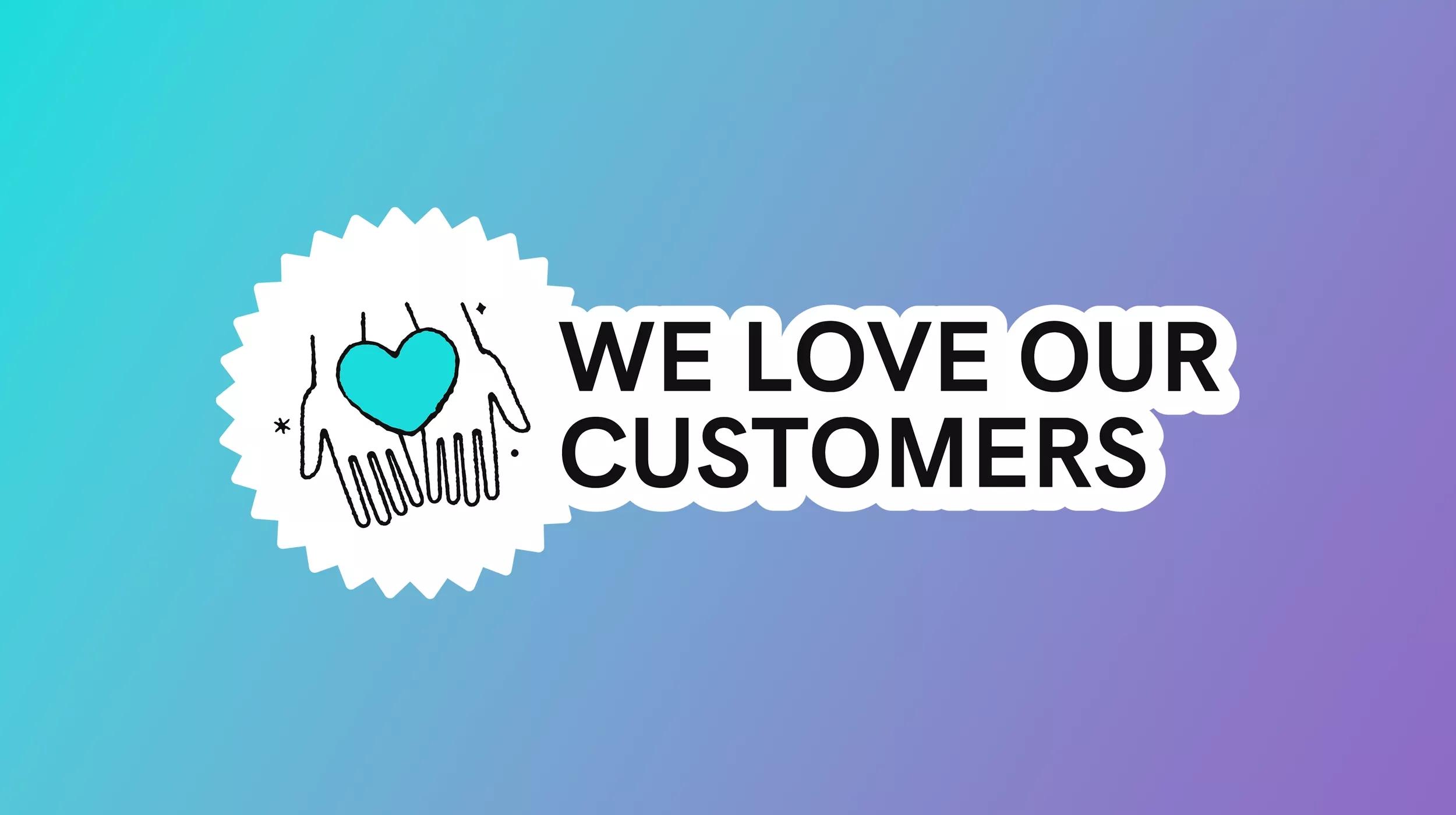Over the last five years, I’ve travelled the world and spoken to thousands of web designers and developers about the joys and frustrations of running your own business. Without question, the most common issue I hear is the inconsistency with winning new clients. So I want to deal with this issue once and for all right here. In this post, I’m going to share everything I’ve learned about how to generate leads and win new clients as a website consultant.
I use the word consultant because I do not consider myself a designer, and at best I could be called a hack of a developer. My strength is knowing how to wrangle all the parts together into a solution that solves a problem or achieves an outcome for my client.
It does not matter if you consider yourself a designer, a developer, a theme and plugin installer or a digital business consultant, the process I’m going to outline for you here will work to generate leads and win new clients if you are prepared to roll up your sleeves and take massive amounts of imperfect action.
I’m also going to give you a worksheet to download and complete in the hope that it will help you get this process installed in your business sooner rather than later.
Read on for the details.
Where are the clients?

I receive dozens of emails everyday from web professionals all over the world asking the same question:
“How do I find new clients?”
The problem with this thinking is that it is based on the assumption that clients are hiding from you. I promise you, clients are not hiding, they are waiting to be served. In fact, they are actively looking for someone to serve them right now.
If you asked any small business owner which professional service provider they have the best relationship with, their web designer would not make the top 10. Finding a new web designer is a time-consuming and painful process and ends up going in the too-hard basket along with switching banks or hiring a new accountant.
Meanwhile, Mrs. Business Owner continues to research the internet in search of the Holy Grail that will allow her to get a return on the investment she has made in her website so far.
The law of attraction
On the other side of the equation, web professionals are cold calling or cold emailing prospects offering to fix their website, improve their SEO, or worse still, migrate their entire website to WordPress.
Why are these all bad ideas?
Well, they’re not to you and I. But to the business owner they all sound risky and expensive. Especially when they have no idea who you are and whether or not you can be trusted.
Plus, this approach requires you to interrupt the business owner — and you end up becoming an annoying pest trying to sell them something. This also makes you vulnerable, and the constant rejection can be very damaging to your confidence.
So let’s take a few steps back and rethink this whole approach right from the start.
Let’s work on attracting clients to us to solve their problem.
Find your sweet spot
Before we begin, let’s run a quick exercise to find your sweet spot.
Your sweet spot is the intersection between your skills and your passion and is where you should be doing most of your work.
It is where you are happiest, most productive and most valuable to others.
For example, I love design but I’m not very good at it so I list it in the passions column. Sadly, this is not my sweet spot. I’m particularly good at SEO but it bores me after a while so I list it in the skills column. I’m happy that this is also not my sweet spot. I love educating clients and I’m also rather good at it. Educating and inspiring clients is my sweet spot. That’s why I spend a lot of time podcasting, speaking and running training webinars.
It’s where I’m happiest, most productive and most valuable.
Now it’s your turn. Download the worksheet, list what it is you are good at and what it is you love doing, and identify your sweet spot.
Who cares?
Now that you identified your sweet spot, it’s time to figure out how this benefits other people.
Let’s take conversion rate optimisation (CRO) as an example. If you’re not sure what that means, it’s the art of improving conversion rates on websites.
CRO is great for lead generation websites or eCommerce stores.
If CRO is your sweet spot, what is the benefit this offers your clients?
Let me give you a few hints:
- increased sales
- more leads
- more donations for a cause
- lower cost per acquisition
- more profit
Even though you and I might love geeking off about CRO, it doesn’t mean much to your client. Start talking about lower cost per customer acquisition, or more profit per customer, and chances are you’ll get their attention.
If you haven’t already, download the worksheet and take a stab at listing some of the benefits your sweet spot offers other people. Practising writing out benefits is one of the most valuable things you can do as a business communicator.
Your ideal client
Now that you understand the benefits that working in your sweet spot offers, it’s time to identify who your ideal client is.
In our example above, our ideal client is most likely someone who is spending money on paid traffic or devoting a lot of resources to organic traffic and not getting the results they want. They would have an existing email list to promote to and should be well established with a proven track record of providing good products and services to happy customers.
Talk to this business owner about getting them a better return on investment from their PPC efforts, and you’ll have them eating out of the palm of your hands.
It’s important at this stage to also understand who is NOT your ideal client. If CRO is your sweet spot, then working with an unfunded startup with no traffic, no existing list and a tiny budget for PPC would be unwise because there is no existing conversion rate for you to optimise.
You’re going to have to perform a small miracle to get this client the outcome they want.
However, working with an established business with existing traffic sources and a reasonable PPC budget only requires you to move a few levers in the right direction and you can seriously hit a home run for your client.
Again, use the worksheet and simply write one or two sentences about who you think your ideal client is.
Teach what you know

Here’s where things get interesting. You’ve been able to identify your sweet spot because you’ve learned some things about a particular topic that you’ve chosen to specialise in. In our example, it’s conversion rate optimisation. Let’s say you also love working with nonprofits and you live in Chicago.
The most valuable thing you can do right now for your business is to produce what I call a flagship piece of educational content that positions you as the expert in your field.
Your job is to carve out a reputation as the go-to person for conversion rate optimisation for large nonprofits in Chicago.
Now I know this seems overwhelming to most of you. So here’s the easy version of this: Just document everything you already know.
When I say “document,” I don’t mean you have to write a 2,000-word blog post for every single thing you’ve learned about CRO in the last three years. Just start out by creating a numbered list and list everything you know about your sweet spot.
Get specific. For example, instead of writing down “Optimize the Checkout Page,” try getting a little more granular:
- Split test a one-column and two-column checkout page.
- Add testimonials to the checkout page.
- Add a guarantee to the checkout page.
- Remove all other navigation from the checkout page.
- Increase the padding in the form fields to improve readability.
- Add a sentence summarising the return policy.
- Add PayPal as a payment option.
I could go on. These are all optimizations to a checkout page that are designed to increase conversions. Now, instead of having one point to write about, I have seven.
You’ll be surprised how quickly the numbers stack up.
When you can’t think of anything else to add to your list, go back through your numbered list and write one sentence for each point. This is like writing a book on your topic but a lot easier. You should end up with a substantial checklist that you can publish or give away on your website to help educate your ideal client.
Of course, you could turn each point in your checklist into its own blog post and this could easily become your entire content strategy for the next 12 months or two years.
Use the worksheet and start to brainstorm your own list.
Your pitch
So how is this going to help you generate leads and win new clients? Well, you’d be surprised at how much comprehensive educational content like this gets shared. It’s because of this thing called the internet where all the computers in the world are connected. Amazing, I know.
However, let’s not leave this to chance. Let’s get this information into the right hands.
Your next job is to write a one- to two-sentence paragraph that summarises your flagship piece of educational content. This is like writing a treatment for a film or writing a pitch for a book deal.
In our example above you could write:
“This post includes 43 actionable things any eCommerce store owner can do in the next 30 days to increase sales from their website.”
Again, use the worksheet to write one or two sentences that summarise your educational post.
Partner up
Now it’s time to get out of the building. (Technically, you can do this next part without leaving the building, but it might require you to get out of your comfort zone.) It’s time for outreach.
Using your best research skills, identify some industry associations or organisations who represent large groups of your ideal client. While writing this post, it took me less than 10 seconds to find the National Online Retailers Association of Australia (NORA).
I can also see that they publish news articles that reference other websites. There is a news update they published about Alibaba opening a new headquarters in Melbourne. Clicking the Read More actually takes me to the original post over at Power Retail.
This is excellent. It tells you they are open to publishing your educational post to help eCommerce store owners increase sales from their website.
To make this a complete no-brainer, let’s propose what I call a Content JV (Joint Venture). This is where you offer your content to be co-branded with your partner (in this case NORA). This makes your partner look good to their audience and gets your content in front of their audience.
Here is an example where we partnered with Bidsketch in the past to promote one of their eBooks to our audience. This made us look good to our audience without having to do any work and got Bidsketch in front of our subscribers.
So how do you reach out to your partner? Using the pitch you put together in the previous part of this process.
Use the worksheet to make a list of potential partners you can reach out to.
Get them to raise their hand
This is where the rubber really starts to hit the road. As part of your joint venture with your content partner, you should offer a co-branded content upgrade (similar to the worksheet we are offering you in this blog post).
The content upgrade can be a checklist, a worksheet or a template that helps the reader take action on what they have learnt in your educational post. When people sign up for the content upgrade, they should be added to your email list.
This is called lead generation.
Somebody has raised their hand and requested more information from you. Do not underestimate the significance of this gesture. This is how you carve out a reputation as an expert in your field.
Grab your worksheet and write down some ideas for your content upgrade.
Have a conversation in your inbox
Once all your hard work has finally paid off and you have generated a new lead, it’s time to get to know your prospect and nurture the relationship.
The first email somebody receives when they sign up for your content upgrade should do one thing and one thing only: deliver the content upgrade you promised them. This may very well be their first impression of you and you need to build their trust.
A couple of days later, send a follow-up email asking them if they enjoyed the content upgrade and found it helpful. Encourage your new lead to reply to your email and ask you any questions they might have.
At this point, most people are not expecting a human being to have a conversation with them. Your competitors will most likely not do this because it requires work and is time-consuming. It is also the most powerful thing you can do to continue to build the relationship.
Would you like my help?
In my experience, those who reply are the ones most likely to become your new clients. When they do reply, continue to be as helpful as possible and answer as many questions as you consider reasonable over email.
After a series of short emails back and forth, it is very common to receive a lengthy email from your new prospect outlining the problems they have and asking you if you can help them.
This is your opportunity to onboard your new prospect as a new client. The simplest way to do this is to ask them if they would like your help.
There it is. The big, fancy, complicated sales process. One question: “Would you like my help?”
When they say yes, pick up the phone and call them or send them a short email and ask them if it’s OK to send them a link to your calendar for them to make an appointment to speak with you. Check out Calendly for a great calendar solution.
Once you’re on the phone with your new prospect, just follow the same approach of asking them lots of questions, being as helpful as you can, and when the time feels right asking them if they would like your help.
When they say yes, tell them how you work, the usual investment you require, and what kind of time frame you think is realistic for their project. Make sure you have your system set up to invoice the client and accept payment.
Don’t be shy about asking for the commitment.
Remember, by this stage they see you as an expert in your field.
For an easy onboarding process, try suggesting a discovery workshop before agreeing to a full-blown project at this early stage of the relationship. This allows both of you to get to know each other a little, scope out the project, and agree on terms.
FOMO
I hope you’re excited by now to start trying this new approach. Let me assure you it works.
I once cold-called the 50 fastest growing companies in Australia over a two-week period and generated a dismal $1,700 worth of business. It was soul destroying. Since I found my sweet spot, I haven’t made one cold call and I built a healthy six-figure a year business as a WordPress consultant with no design skills and questionable development skills.
The biggest fear with specialising is that you will miss out on all of those “other” clients. You can’t serve everyone all of the time, so the better you serve those clients who are most likely to benefit from your sweet spot, the better off everyone will be.
In the beginning we only need to find ONE ideal client. Then we can replicate the process by reaching out to more potential content JV partners.
Next steps
I hope you’ve enjoy this post and found it helpful. It doesn’t mean anything if you don’t do anything with it, so please download the worksheet and fill it in. It will help you get clarity and with clarity comes a new sense of excitement and motivation.





